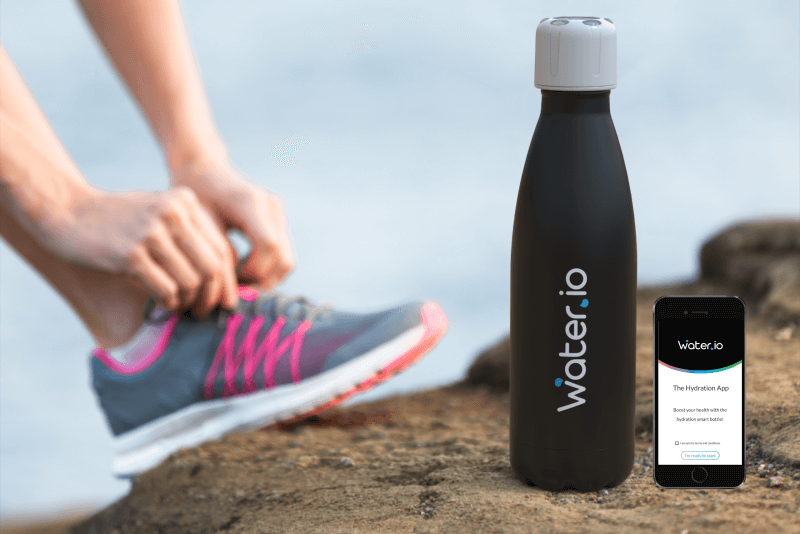What is Smart Packaging?
Smart packaging is packaging enhanced with technology that can help the user experience in a variety of ways. Smart packaging can be as simple as RFID chips that alert the distributor when and where the packages arrive at their final location. They can let the consumer know that the product they are receiving is genuine and tamper proof. There are other packages that can keep track of any temperature changes or other changes to the inside of the package (like oxygen or contaminants). NFC (near field communication) labels can share interesting facts about the product or recipes simply by scanning it with a smart phone or mobile device. By linking these smart packages to the internet manufacturers can tell when and where their product has been scanned. This can provide information about the market and their target demographics which can be helpful in identifying potential promotional or distribution plans.
How can Smart Packaging save lives?
Since having a smart package allows the manufacturer and consumer to know more about their shipments – how can we use this knowledge to improve and potentially save our lives? There are many aspects to consider about how smart packaging makes deliveries of the most commonly shipped goods safer. These popular goods range from healthcare needs (dental, animal, pharmaceutical and medical practitioners) to food and beverage products (like alcohol and fresh/frozen foods). Below we will examine some of the many hazards that can come from shipping these products long distances and how smart packaging can safeguard against these threats.
Temperature and climate monitoring
For those products that require certain temperatures and climate monitoring, smart packaging can keep track of the temperature and climate variations inside of the packaging. This is especially important for those packages that have to travel long distances and may be exposed to many different parts of the world as it makes its way to the final destination. With temperature – food products must be stored at or below certain degrees to prevent spoilage and limit development of harmful bacteria. There are many pathogens that mature under certain conditions which include higher temperatures or when frozen food products are allowed to thaw. Smart packaging with temperature sensors could alert the shipper when the temperature inside the product rises or falls to a dangerous level. This way adjustments can be made before the food spoils or is exposed to harmful microbes. The same can be said for some vaccinations and medications which must be stored at certain temperatures or they could lose potency. Not only is spoiling wasteful but it could be life-threatening if there is a shortage of vaccinations or food where the shipment is being distributed. By preventing spoilage of these precious commodities, people in need will be able to have access to the products that could save their life.
Climate controls are another aspect that smart packaging can regulate. Exposure to high oxygen or carbon dioxide levels, UV light or radiation and/or disturbances to the package that may allow contaminants into the container are things to be concerned about. When certain products are exposed to these variances in climates it can alter the product’s freshness, effectiveness and sterilization. By using smart packaging – these aspects can be monitored and in some cases controlled preventing accidental exposure to microbes that could be life-threatening.
Expiration Dates
The timing of when a product is first manufactured to when it arrives at its final location is very important. When there are delays in shipments – it could potentially mean disaster. Not only would the expired product be wasted but if used it could be harmful to the consumer. Nowadays most all foods and medicines have a “use by” or “best by” label which is a great way to warn consumers if the food is safe or not. With smart packaging, the companies can monitor their packages’ exact location and be able to determine whether or not it will arrive before the expiration date. This is important because without this information some products may have a delay in shipping and both the consumer and manufacturer are unaware. Then goods are distributed past their expiration date which can have deadly consequences.
Counterfeit and Tampering Alerts
Finally, another aspect that is essential to product shipments is the concern about counterfeit and tampering. Counterfeit goods can be life threatening, especially when they involve medications that when altered can have toxic side effects. Counterfeit products are a huge problem to certain medications and foods, especially those that are expensive to consumers. But taking counterfeit medications can be prevented with smart packaging. The package design can allow certain sensors and tracking devices that show that the product is genuine, safe and authentic. Along with counterfeit goods – tampering is also a huge problem with keeping products safe for consumption. Now with smart packaging – there are labels that will alert the consumer and the manufacturer if the product has been tampered with. Labels can also show that the product is still in its original condition. Other packages when tampered with can alter the product so that it no longer resembles the original like with dyes or other noticeable markers. This would alert the consumer that the package has been tampered with and isn’t safe for consumption.
To find out more about this topic, please see our other post about Smart Packaging which explains the technological advancements that are being used in smart packages. Smart packaging is a very influential technology that can conserve our goods, prevent the wasting of resources and make the products safer for us to consume.





